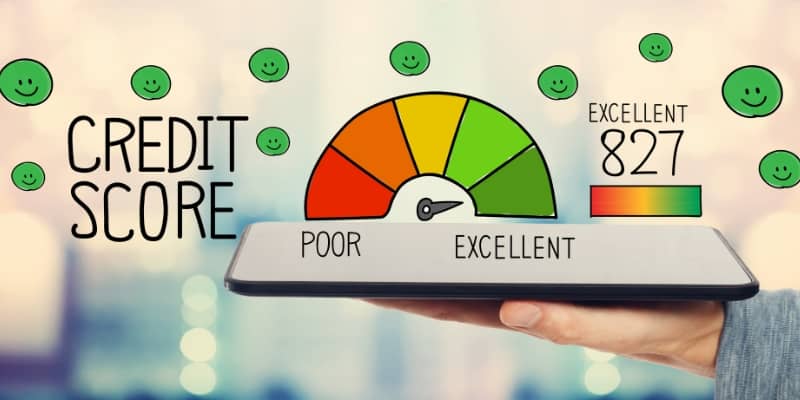Your credit report is a crucial aspect of your financial health. It plays a significant role in determining your eligibility for loans, credit cards, and job opportunities. Unfortunately, many individuals face challenges due to errors, inaccuracies, or negative entries on their credit reports. The good news is that you can take control of your credit destiny with a proactive approach and a solid understanding of the credit repair process. In this blog post, we’ll explore the steps to fix your credit report and improve your overall creditworthiness.
Obtain a Copy of Your Credit Report:
The first step in the credit repair journey is to obtain a copy of your credit report from each major credit bureau – Equifax, Experian, and TransUnion. You are entitled to one free copy of your credit report from each bureau every month through AnnualCreditReport.com. Reviewing your credit report allows you to identify any errors or inaccuracies impacting your credit score.
Scrutinize Your Credit Report:
Once you have your credit reports, carefully review each section for discrepancies. Look for inaccuracies in personal information, account details, payment history, and any negative entries such as late payments, collections, or bankruptcies. If you find any discrepancies, note them to dispute later.
Dispute Inaccuracies:
You can dispute errors with the credit bureaus if you discover errors on your credit report. Submit a dispute letter that clearly outlines the inaccuracies along with supporting documentation. Be sure to send the dispute via certified mail to ensure a delivery record. The credit bureaus are required to investigate and respond within 30 days.
Address Late Payments:
Late payments have a significant impact on your credit score. If any late payments are listed on your credit report, contact the respective creditors and negotiate a goodwill adjustment. Explain any circumstances that may have led to the late payment and request that they update the credit bureaus with the corrected information.
Settle or Negotiate Outstanding Debts:
Consider negotiating a settlement with the creditors if your credit report shows accounts in collections or charge-offs. You can settle the debt for a lesser amount or set up a payment plan. Once you’ve agreed, ensure the creditor updates your credit report to reflect the resolution.
Establish Positive Credit Habits:
Building a positive credit history is essential for long-term credit repair. Make timely payments on all your existing accounts, and try to pay more than the minimum amount due whenever possible. Additionally, consider opening a secured credit card or becoming an authorized user on someone else’s account to establish or rebuild positive credit.
Avoid Credit Repair Scams:
Be cautious of credit repair companies promising quick fixes or guaranteed results. While some legitimate credit repair services exist, many scams prey on individuals looking for a fast solution to their credit woes. Knowing your rights and taking charge of your credit repair process is crucial rather than relying on questionable services.
Conclusion:
Repairing your credit report is a gradual process that requires patience and persistence. You can take control of your financial future by obtaining and reviewing your credit reports, disputing inaccuracies, addressing late payments, negotiating outstanding debts, and establishing positive credit habits. Remember, there are no shortcuts to credit repair; building a strong credit history requires consistent effort over time. Take the necessary steps today to pave the way for a brighter financial tomorrow.





